Ground covers can be valuable assets in flower beds to control leaves or cover up any patchy areas. But if you aren't careful when choosing a ground cover plant, they can sometimes grow out of control. Or sometimes, you may just want to remove the ground cover to replace it with something else. We've done the research to explain how to get rid of ground covers without harming your other plants.
There are three main ways that you can get rid of ground covers:
- Dig them up.
- Smother them.
- Spray an herbicide to kill them.
However, some of these methods require more caution than others to keep from harming your other plants.
In this article, we'll look at each of these three methods in more detail. We'll also explain how to use each one of them to effectively remove ground covers with no harm to your other plants. Continue reading to learn more.
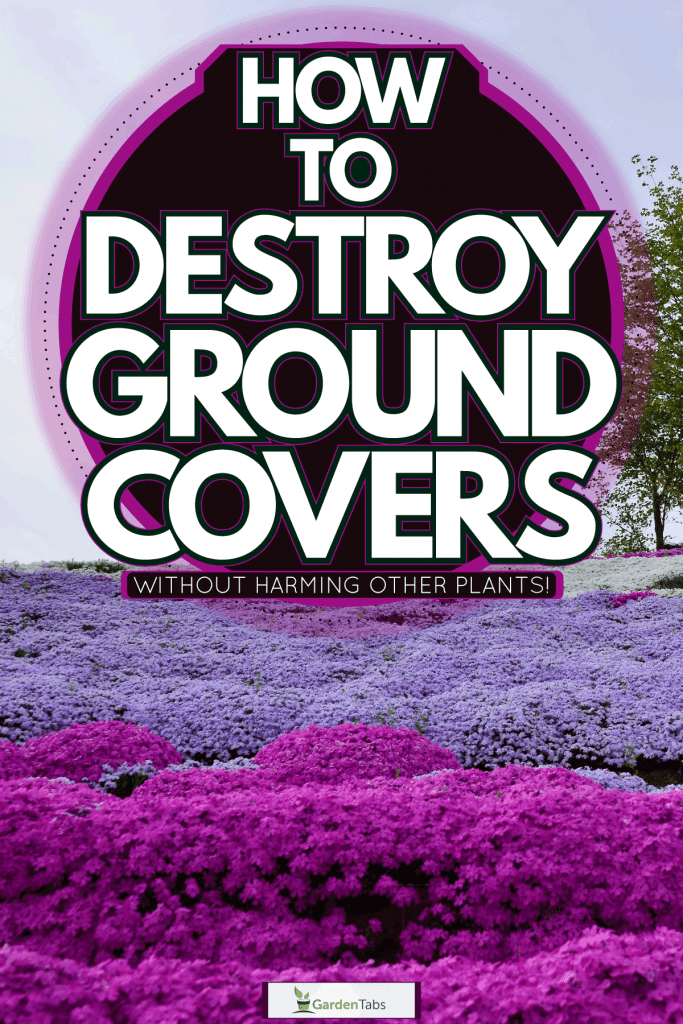
How To Destroy Ground Covers
Ground cover plants are supposed to grow well if they are planted correctly and in the right place. But sometimes, they can grow a little too well and either become invasive or just grow in areas where you didn't intend for them to grow.
Other times, you may just want a change of pace. Let's say you want to either remove the ground cover to plant a new plant or a new ground cover. In either case, removing the old ground cover is not going to be an easy task.
The three methods that we'll suggest below are the best ways to remove ground cover plants. They each have their pros and cons as far as how much equipment and work is required, but as long as you're careful and follow the steps, then you shouldn't cause harm to any of your other plants.
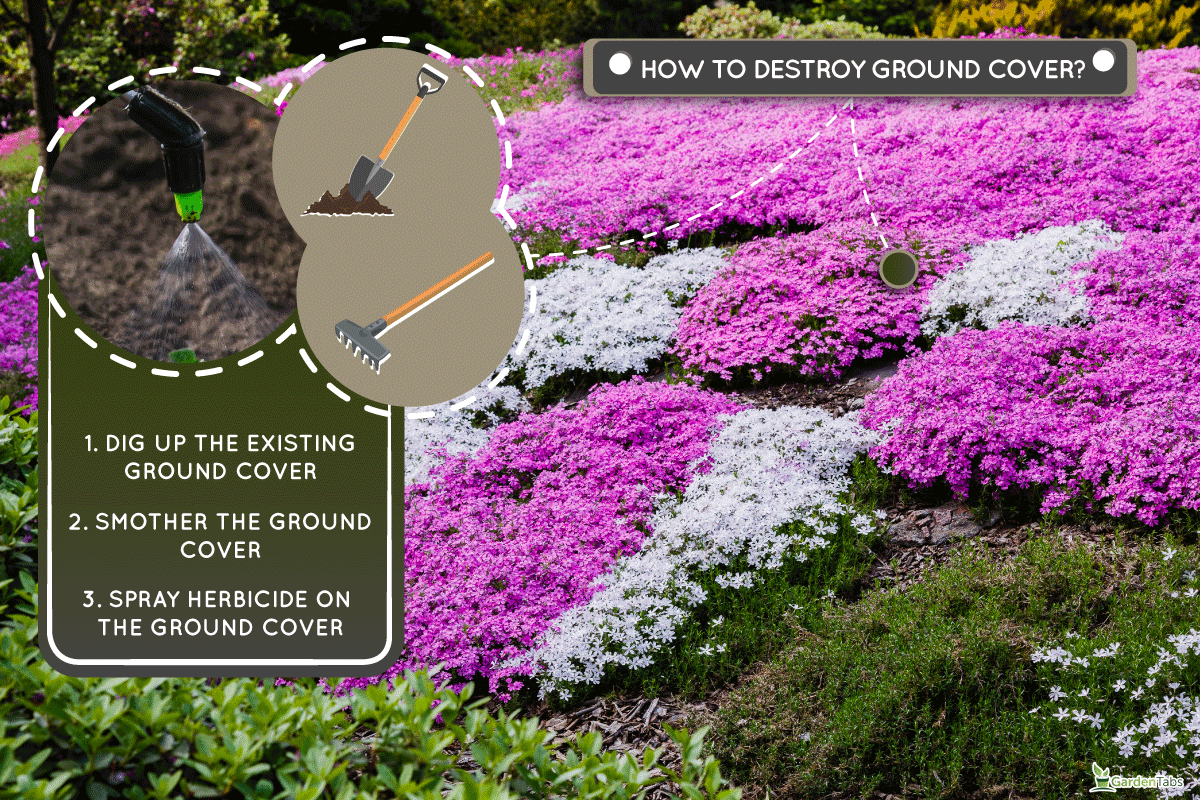
1. Dig Up The Existing Ground Cover
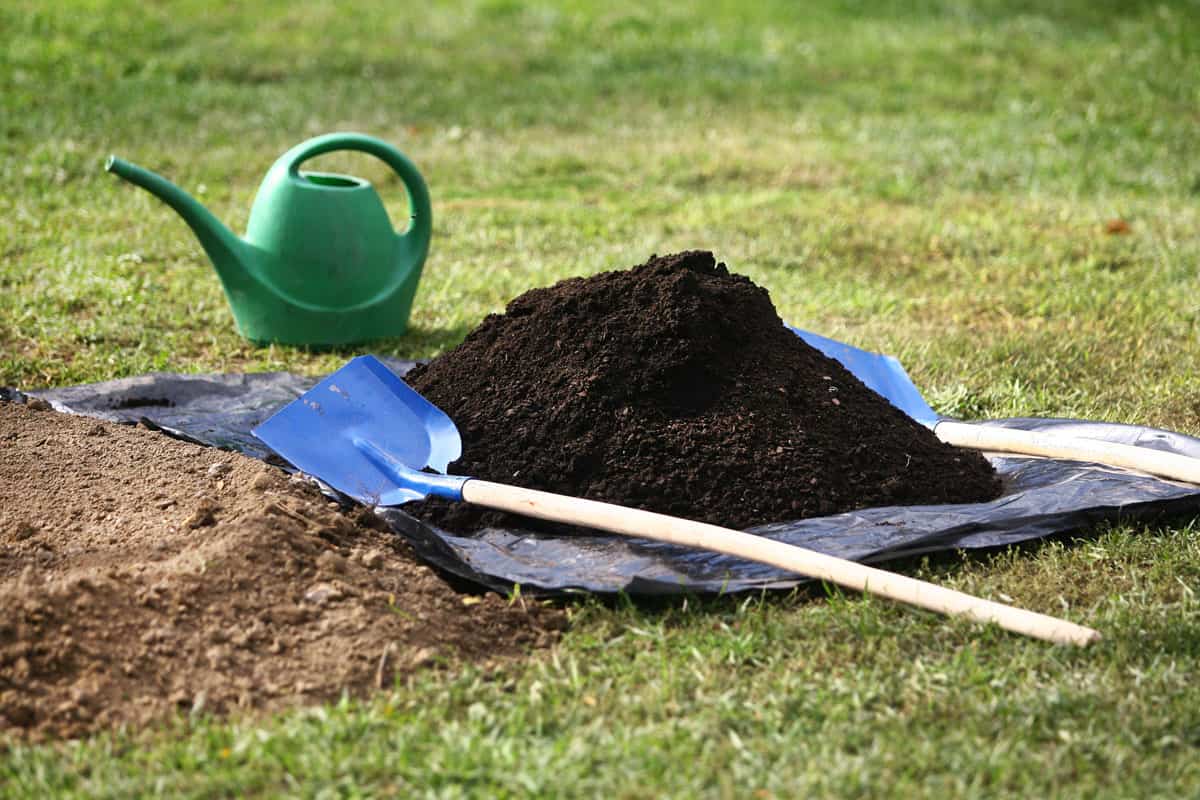
The cheapest way to remove ground cover plants is to dig them up. However, this can be a lot of work, depending on how much space the ground cover takes up. There are two ways you can do this, depending on how many other plants you have in the area.
If you have a large section of ground cover with no other plants growing close by, you can use a large shovel to dig them up. You'll just want to make sure to get as much of the root system as possible. This is because new plants can pop up from any roots that were left behind.
For invasive ground covers, new shoots can pop up in a matter of a few weeks during the growing season if you don't remove all the roots.
To dig up a ground cover in an area where a lot of other plants are growing, you'll need to be a bit more careful. Use a gardening trowel or spade to dig up the ground cover. You want to be careful to avoid hitting the root systems of other plants and damaging them. It will also be harder to dig up all of the roots, so you may find yourself having to repeat this process every couple of weeks to remove any new shoots.
2. Smother The Ground Cover
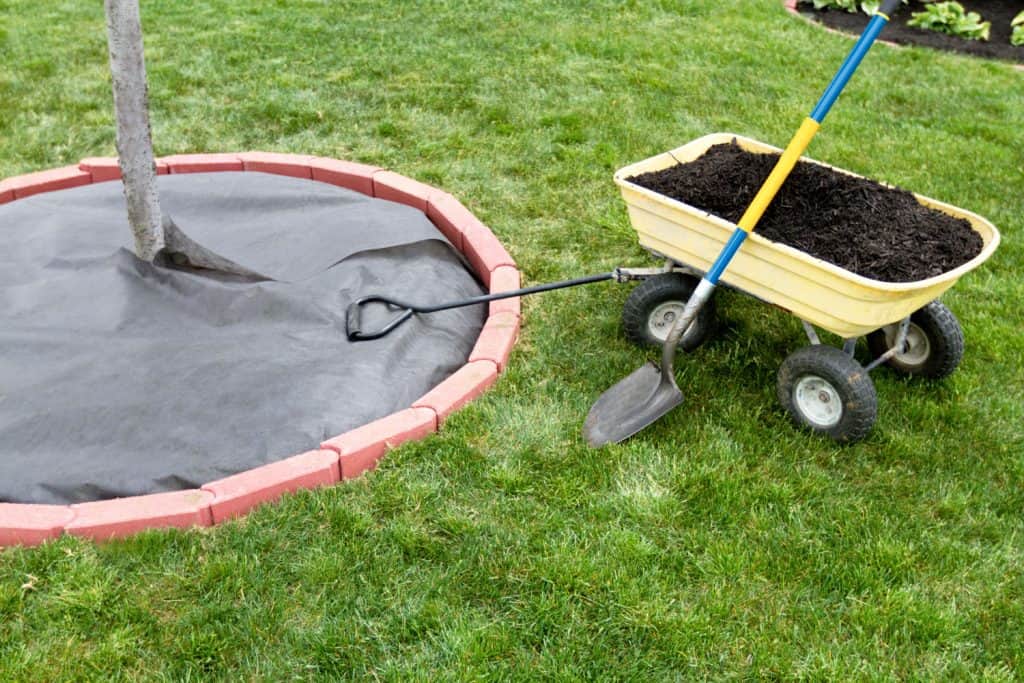
The second method that can be used to remove ground covers is to smother them. This method is the most expensive because it requires the most tools. It's also very time-consuming, but you are less likely to harm other plants in the process. Here is what you'll need:
- Pruning shears
- Cardboard or landscape fabric
- Landscape pins
- Mulch
- Rake
The first thing you'll want to do is to prune the ground cover by cutting off all of the foliage flowers, leaves, and stems). Then, spread a layer of cardboard over the area, or use landscape fabric instead. In either case, you’ll want to cut out holes for the existing plants that aren’t ground covers that you want to keep. Pin the cardboard or fabric down using landscape pins.
Click here to see this landscape fabric on Amazon.
Click here to see these landscape pins on Amazon.
The landscape fabric works by suffocating the rest of the ground cover that wasn’t removed during pruning. As an added bonus, it can also help to prevent weeds. But, it can look unsightly, so you’ll want to cover it with a 2 to 3-inch layer of mulch.
To do this, just dump the whole bag of mulch out. Then, use a rake to smooth it out so that it creates an even layer. Note that you’ll likely have to reapply mulch every year.
3. Spray Herbicide On The Ground Cover
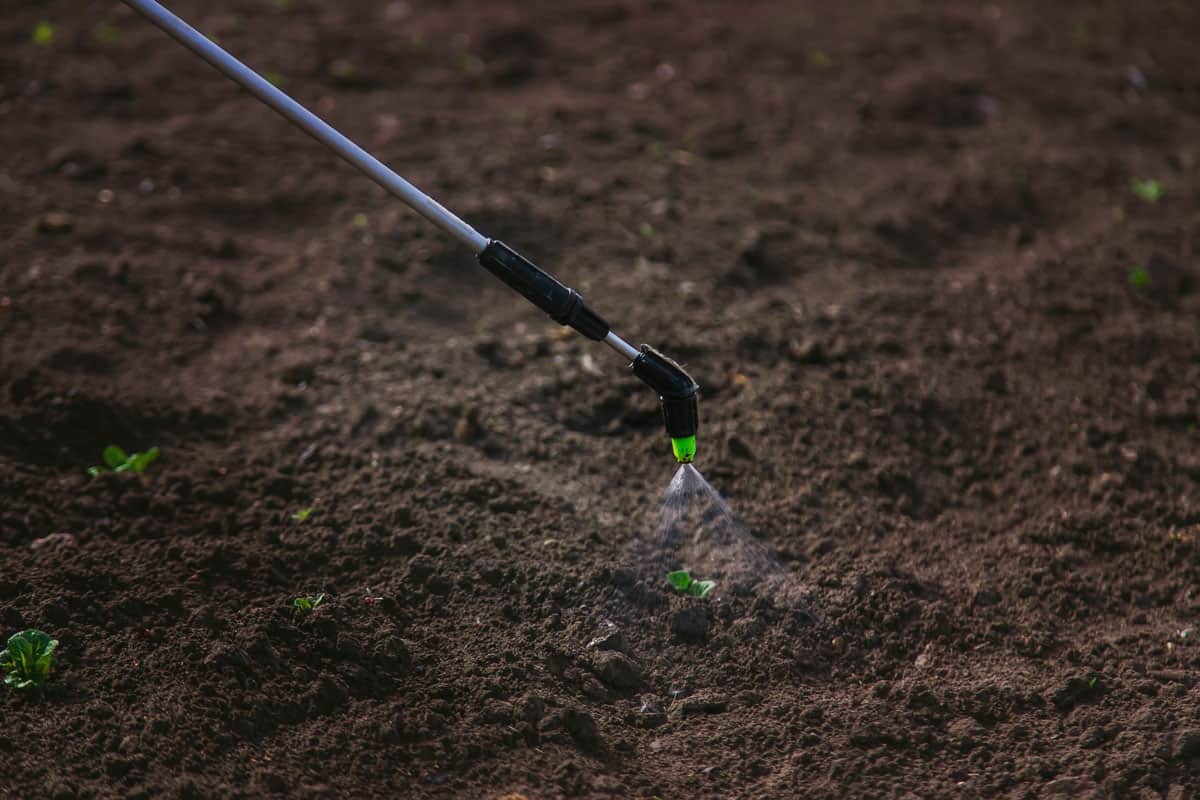
This method is the easiest and least time-consuming way to destroy a ground cover. But, it’s also the easiest way to kill your other plants if you aren’t careful. Herbicides work by moving through a plant’s leaves to its roots. But with spray-on herbicides, you need to make sure that the product only gets onto the ground cover. Herbicides will kill whatever vegetation they come into contact with.
For the best ground cover control, wait until fall to apply an herbicide. During fall, plants begin storing energy for the next growing season, so this is the best way to prevent the ground cover from popping back up in the spring.
If you’re going to use a spray-on herbicide, you’ll want to protect your other plants by tying up any vegetation growing near a ground cover. You can use twine to tie any branches to the rest of the plant. Then, cover the plant with a plastic bag or trash bag, depending on its size. Secure the plastic bag by tying twine around the base of it.
Finally, spray the herbicide onto the ground cover plants. Wait two hours for it to dry before removing the plastic from the other plants. Once the ground cover is completely dead, which can take up to two weeks, you can remove it by pulling it up from the ground.
How Do You Prevent Ground Cover From Spreading?
There are four ways that you can prevent a ground cover from spreading. The first way is to choose a non-invasive ground cover. These are less likely to spread and are easier to control. We’ll offer some suggestions later in the article.
The second way is to prune the ground cover regularly. The frequency at which you have to do this depends on how quickly the ground cover grows. But, you can cut back any ground cover that is growing in places where you don’t want it.
The third way to prevent a ground cover from spreading is to dig it up in areas that you don’t want it to grow. But, you’ll have to dig deep enough to remove all of the roots in that area. You may also have to do this yearly, especially with invasive ground covers that spread more easily.
Finally, you can install a barrier around the edge of the flower bed. Barriers make it harder for the ground cover to spread to areas where you don’t want it to grow. Bricks, fences, and other types of garden edging make great options.
See More: How Fast Do Ground Cover Plants Grow?
What Is The Best Ground Cover Killer?
The best ground cover killer is an herbicide made for vegetation that grows close to the ground. Most herbicides come with a spray nozzle for easy application. But, you can also dip a paintbrush into the solution and paint it onto the ground cover. This will take longer, but it offers more control and provides less of a risk of destroying your other plants along with the ground cover.
Click here to see this herbicide on Amazon.
Will Vinegar Kill Ground Cover?
Vinegar can be very effective at killing ground cover due to the acetic acid that it contains. How quickly vinegar will work to kill ground cover depends on the concentration of vinegar that you use.
Applying undiluted vinegar to ground covers will kill them the fastest, but it can also kill other plants. Just like with herbicide, you’ll want to be careful with how you apply it and make sure to cover your other plants.
What Is A Good Ground Cover That Is Not Invasive?

Japanese spurge, English ivy, and periwinkle are three common but highly invasive ground covers. For a less invasive and low maintenance option, try one of the following varieties of evergreen ground cover plants. We’ve also provided information for which USDA Hardiness Zones each of these ground covers can grow in.
- Allegheny spurge (zones 5-9)
- Canby’s mountain lover (zones 4-8)
- Creeping phlox (zones 3-9)
- Fetterbush (zones 5-9)
See More: 10 Ground Cover Plants That Bloom All Summer
In Closing

There are a few ways that you can destroy an existing ground cover without harming your other plants. Suffocating the ground cover with landscape fabric and mulch is the safest way, but using herbicide is the most effective way as long as you protect your other plants. Thanks for reading!



